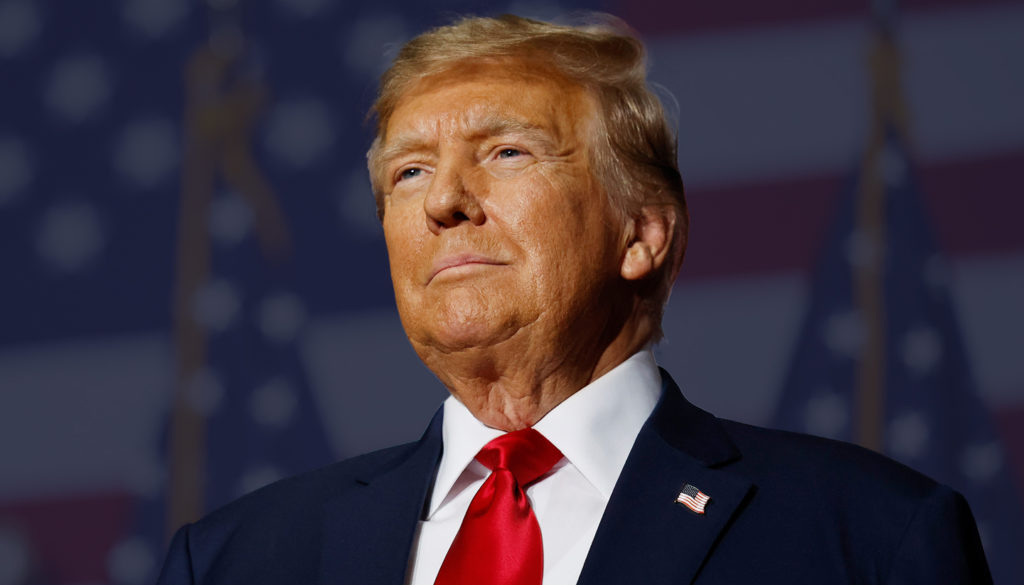
Trump Calls BRICS ‘Anti-American’, Reiterates 10% Tariff Threat

 :
| Updated On: 07-Jul-2025 @ 1:36 pm
:
| Updated On: 07-Jul-2025 @ 1:36 pmSHARE
In a renewed warning, former U.S. President Donald Trump labeled the BRICS alliance as “anti-American” and threatened a 10% tariff on countries aligning with its policies. He had previously warned of a 100% tariff if BRICS attempted to reduce reliance on the U.S. dollar in global trade. BRICS, originally consisting of Brazil, Russia, India, China, and South Africa, has expanded to include Egypt, Ethiopia, Iran, the UAE, and Indonesia, now representing 45% of the global population and contributing over 35% to global GDP.
The coalition's growing influence stems from increasing global dissatisfaction with the U.S.-led financial system. Many countries began exploring alternatives after the U.S. used its financial power to exclude Iran (2012) and Russia (2022) from the SWIFT global payment system. Russia and China, in particular, have promoted local currency trade to bypass the dollar, with Russia now conducting over 90% of its trade with China in roubles or yuan.
Despite these shifts, BRICS has stated it does not aim to replace the dollar but rather to provide a viable alternative to enhance global market efficiency. In 2022, Russia proposed the creation of a BRICS-based reserve currency, but no concrete plans have been made. Member nations are exploring options to reduce risks while ensuring global economic inclusivity and balance.
The U.S. dollar’s position has weakened in recent years, hitting a three-year low due to economic uncertainty and proposed tariff policies. Trump’s threat to BRICS aligns with concerns over the weakening dollar’s dominance, as more nations shift to alternative settlement systems.
India, however, maintains a cautious stance. External Affairs Minister S. Jaishankar clarified in October 2024 that India does not seek to target or replace the U.S. dollar. He emphasized that India’s policy is shaped by trade necessities rather than political intentions. In scenarios where trade partners face dollar shortages, India prefers to find alternative settlement mechanisms rather than abandon deals.
Reinforcing this, former RBI Governor Shaktikanta Das in December 2024 stated that India’s goal is not de-dollarisation, but "de-risking" its trade. Measures such as allowing Vostro accounts and bilateral local currency trade agreements are intended to insulate India’s economy from external shocks. Das also highlighted that unlike the Eurozone, BRICS countries are geographically scattered, making a unified currency impractical for now.
One of the main reasons India is hesitant about de-dollarisation is the rise of the Chinese yuan. India has resisted paying for Russian oil in yuan despite its growing use in Russian trade, wary of strengthening China’s financial dominance within BRICS.
Ajay Sahai, head of the Federation of Indian Export Organisations, also warned that India must ensure that any local currency trade frameworks do not disproportionately benefit China, given the uneven economic power balance among BRICS nations. He emphasized that while promoting local currency use is beneficial, it should not undermine India's strategic and economic interests.
In summary, while BRICS aims to offer alternatives to U.S.-centric systems, India’s participation is guided by cautious pragmatism. It supports reduced dependency on any one currency but prioritizes balanced trade and safeguarding national interests over political signaling or currency realignment.